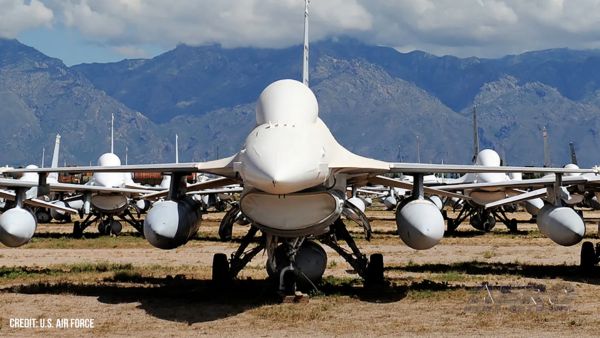Reiterates Concerns Over Impact On Business Aviation
In formal comments submitted this week, the NBAA reiterated the Association’s significant concern over a recent announcement from the Environmental Protection Agency (EPA) that the agency might consider new regulations for aircraft-carbon emissions, based on its finding that the emissions may pose a human health concern.

NBAA’s comments follow the agency’s release, in June 2015, of an Advance Notice of Proposed Rulemaking (ANPRM) from the EPA, asserting the agency’s authority to introduce new aircraft-emission regulations, based on its endangerment finding. NBAA’s comments were submitted to the federal docket as part of the government’s rulemaking process.
“The business aviation community remains committed to improving our sector's environmental performance through a variety of operational, technical and policy measures,” the comments stated.
"Business Aviation’s global CO2 emissions are very small, being approximately 2 percent of all aviation and .04 percent of global man-made carbon emissions," the Association also noted, adding that business aircraft fly specific missions, on efficient, direct routes between airports, and that modern navigation equipment and other technologies offer even greater opportunities to improve fuel efficiency and reduce greenhouse gas (GHG) emissions.
In its comments, NBAA further noted the business aviation community’s ongoing work to achieve carbon-neutral growth from 2020 onward, and to improve fleet-wide fuel efficiency by two percent per year from 2009 to 2020.
In its filing, NBAA also warned EPA regulators against implementing any unilateral aircraft-emissions standard outside the appropriate international governing authority. Although the EPA’s ANPRM on aircraft emissions acknowledged an intent by the agency to take its cues from global standards determined by the International Civil Aviation Organization (ICAO) – with input from member states and other industry stakeholders, including NBAA – the ANPRM also suggested that the EPA has the authority to determine such standards outside a consensus from the international community.

“While we recognize the deliberative timeline that accompanies most rulemaking efforts in the U.S., it is also imperative that U.S. efforts not be viewed as unilateral or ignorant of international visibility,” NBAA noted in its comments on the ANPRM. “As with nearly every aviation standard, coordinated implementation across all of ICAO's member states helps to ensure compliance while reducing confusion and unintended market impacts.”
ICAO has been deliberating over a global standard for aircraft emissions, and is expected to consider potential measures during its 39th General Assembly gathering late next year, based on recommendations from ICAO's Committee on Aviation Environmental Protection (CAEP), which are due for release in February 2016.
NBAA has continually worked with a coalition of other industry stakeholders regarding aircraft emissions. The Association has representation on national and international working groups – represented by general aviation, the airlines, manufacturers and others – that is focused on emission policies.
The Association, and all other sectors of the aviation industry, have emphasized the need for a strategy on aircraft-emissions policy that is focused on improvements in the efficiency of operations; modernization of the air traffic control infrastructure; investment in new technology (including alternative fuels), and; market-based measures. Such an approach was endorsed at ICAO’s 38th General Assembly in October 2013.
 Aero-News: Quote of the Day (05.15.25)
Aero-News: Quote of the Day (05.15.25) NTSB Final Report: Avia Stroitel AC-5M
NTSB Final Report: Avia Stroitel AC-5M ANN's Daily Aero-Linx (05.15.25)
ANN's Daily Aero-Linx (05.15.25) Airborne 05.09.25: Frecce Tricolori MidAir, A6M3 Zero Returns, Houthis Bombed
Airborne 05.09.25: Frecce Tricolori MidAir, A6M3 Zero Returns, Houthis Bombed ANN's Daily Aero-Linx (05.16.25)
ANN's Daily Aero-Linx (05.16.25)




